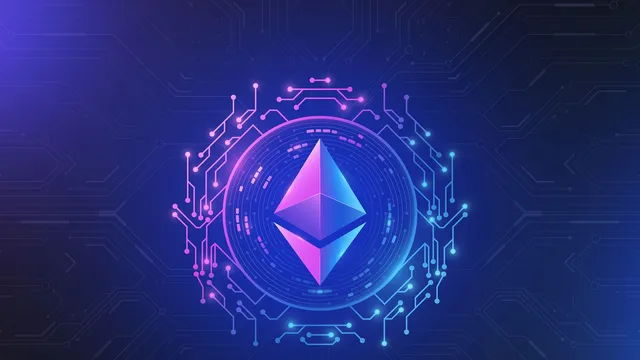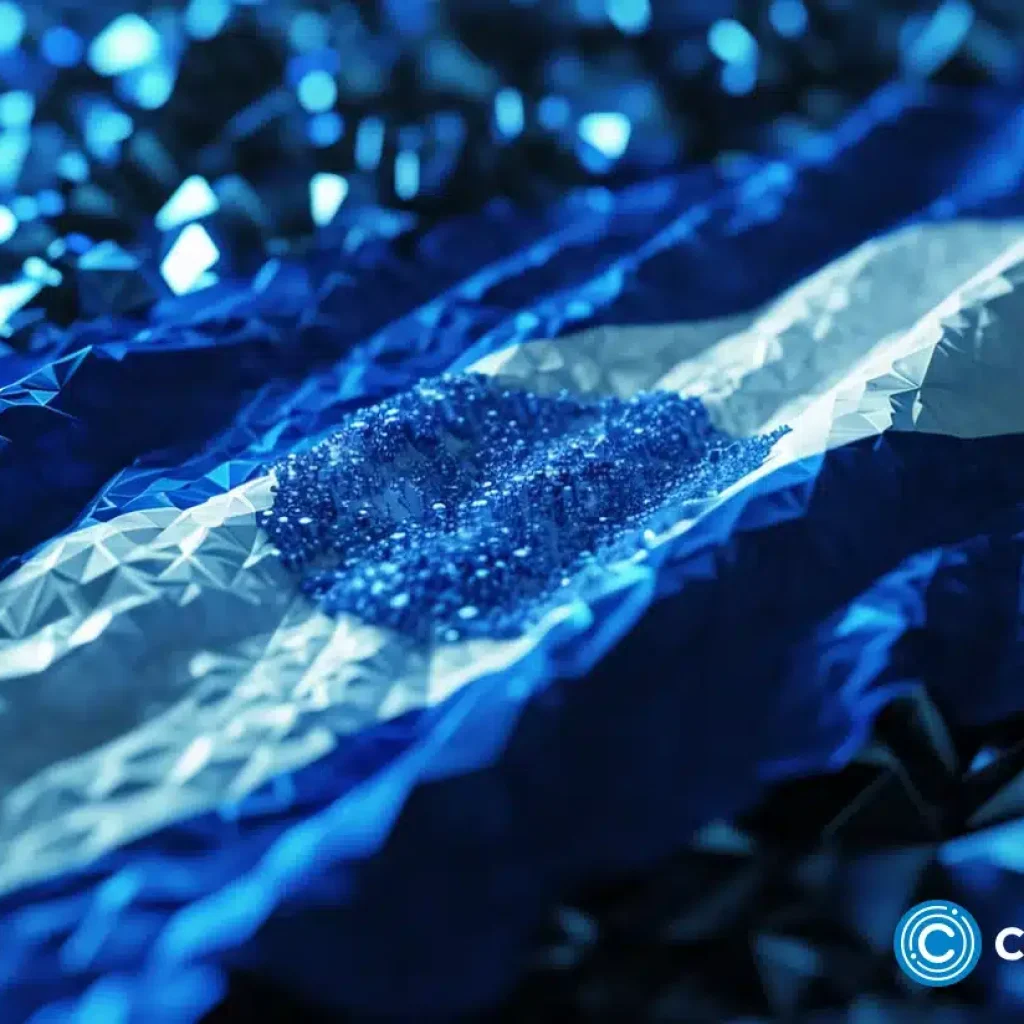Coinspeaker
Polygon Labs Unveils AggLayer to Drive ZK Transition in L2s
Polygon Labs has unveiled an interoperability protocol, AggLayer, to drive zero-knowledge (ZK) proof network transitions amongst Layer 2 (L2s). The first version of AggLayer will go live on February 23 to enable developers to understand its tech stack and connect their respective blockchains.
SAVE THE DATE
FEBRUARY 23 | 9AM EST
Mark your calendars for the Aggregation Day virtual event. Dive into the tech behind the AggLayer, discover what you can achieve with it, and understand the importance of aggregation while learning what comes next. AggLayer v1 Mainnet is going… pic.twitter.com/aCemYmwHmt— Polygon (@0xPolygon) February 12, 2024
The AggLayer, short for “Aggregation Layer”, aims for unified liquidity and interoperability for L2s. This is a crucial component of Polygon Labs’s second iteration, Polygon 2.0, which aims to drive the ZK network transition for enhanced efficiency and reduced costs.
Another crucial piece of Polygon 2.0 was introduced a week ago – Type 1 Prover. Type 1 Prover is a zero-knowledge Ethereum Virtual Machine (zkEVM) that allows developers to create L2 auxiliary chains as powerful as the base network. Although other types of zkEVMs are available in the market. Coinspeaker report established that Polygon’s new Type 1 Prover could perform 50X better than its rivals.
Why AggLayer and Type 1 Prover Are Crucial to Ethereum
Most Ethereum L2s, like Optimism and Arbitrum, are currently forced to balance security, speed, and costs. Most L2 projects have resorted to a seven-day withdrawal delay to achieve the delicate balance.
Some users opt for third-party bridges to avoid these inconveniences. Unfortunately, that also comes with security risks and higher costs for proving transactions. Speaking to The Block, Brendan Farmer, co-founder of Polygon, stated that ZK networks can fix the overburdening costs associated with Optimistic Roll-ups.
In this regard, Type 1 Prover will impact EVM chains with ZK scaling capacity and turn them into validiums. Validiums are specialized L2s that leverage the ZK scaling technique for better efficiency and cost reduction. Unlike Optimistic Rollups, which stores app data and ZK-proofs on the mainnet for verification, Validiums stores app data off-chain and only ZK-proofs on the Ethereum mainnet.
As such, validiums are faster and cheaper, but one has to trade security and data integrity. In contrast, ZK-Rollups offer better security but are slow and expensive.
To eliminate the security concerns in validiums, the interoperability protocol, AggLayer strives to offer uniform security to connect modular and monolithic chains, including those within the Polygon ecosystem. Additionally, it will aggregate all ZK-proofs from all the chains to drive a seamless, secure, and faster experience in Ethereum’s L2 space.
How MATIC Price Reacted
According to CoinMarketCap, MATIC’s price was up +6% in the past 24 hours and traded at $0.875 at press time. The altcoin chalked an ascending channel pattern on the daily charts, underscoring its uptrend since late January 2024. However, the price hit the ascending channel’s range high of $0.880, and a breakout could be delayed unless Bitcoin (BTC) extends its bullish momentum above $50K.





